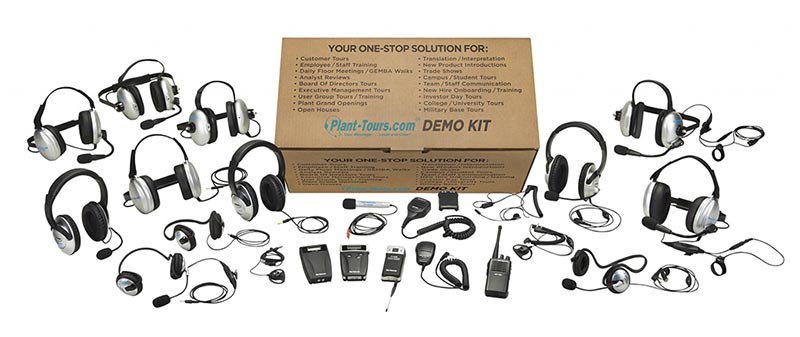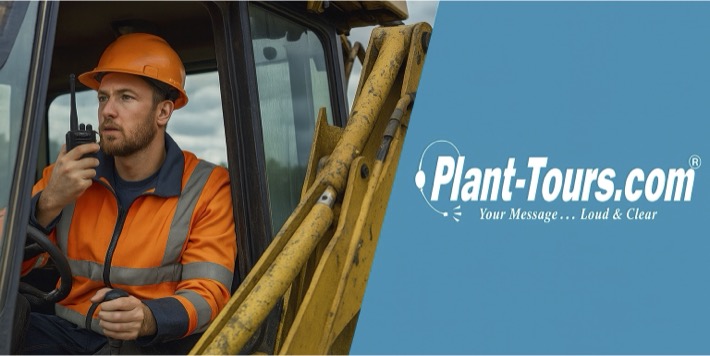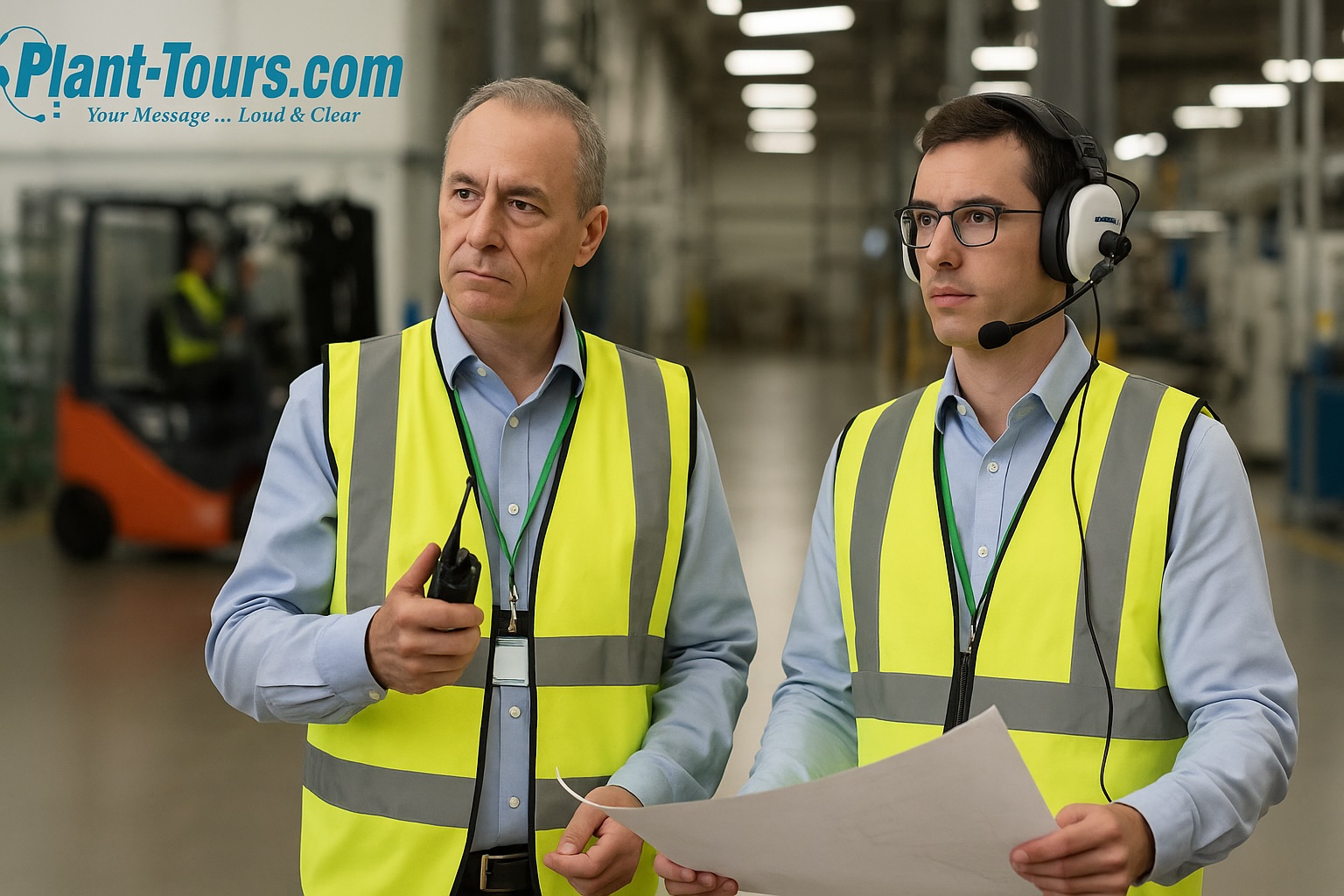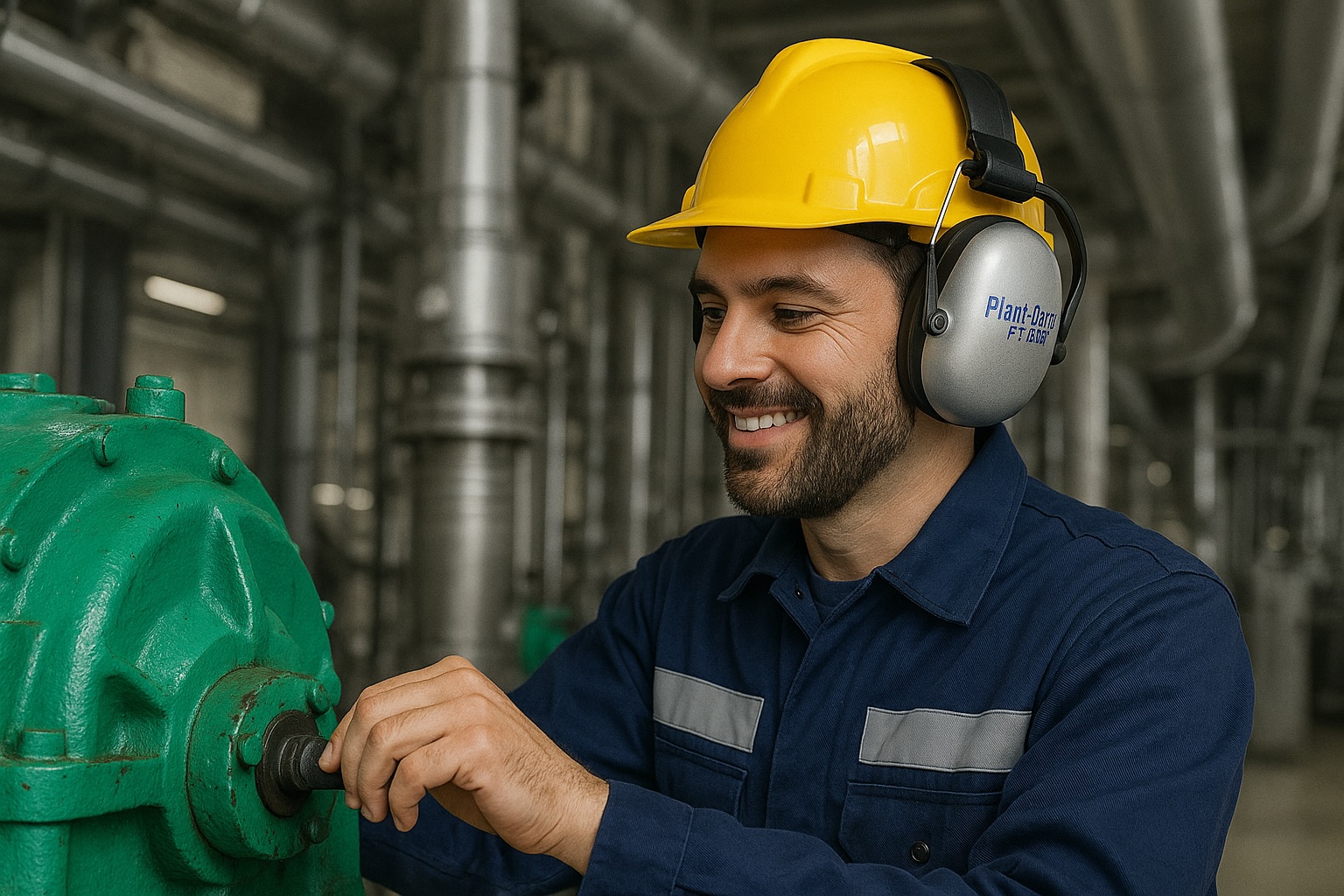Implementing a comprehensive safety plan at an automobile manufacturing facility is critical to improving the plant environment and safety. According to the Bureau of Labor Statistics, workers in the vehicle manufacturing industry suffer twice as many injuries as workers in other sectors.
Employees need a firm foundation in the best safety practices for manufacturing automotive parts, and employers must implement proper safety precautions.
Every worker needs to observe these precautions. Lifting heavy parts, using complex tools, handling hazardous chemicals, operating welding tools, and moving parts with sharp edges are only a few risks they face daily.
Employers can minimize these risks with periodic inspections to ensure that all machines are working properly and that workers are operating them correctly. They should provide adequate personal protective equipment (PPE) and thorough training.
The automotive manufacturing industry is part of a more significant health and safety ecosystem:
- Workers must observe a variety of rules and regulations for a motor vehicle;
- Safety procedures can take some time to learn; however, the cost of not providing adequate training is higher;
- PPE and other safety protocols are necessary to protect people from workplace dangers.
Identify Your Risk
Potential hazards are often part of the normal process of auto part manufacturing. Every production line will use various types of equipment, including power tools and surfaces capable of causing abrasions, punctures, burns, cuts, and other threats to occupational health.
The risk management and safety management team must be capable of developing a series of safety tips to be adopted by the workforce. There are many risks in the automotive parts manufacturing industry. Some of these hazards are related to the training of employees handling various substances. Hazardous materials require special training before being handled safely.
Other training procedures will likely include techniques for lifting heavy objects safely. Provide adequate training for devices that move loads around mechanically. This includes forklifts, pallet jacks, material hoists, and scissor lifts. Provide guidelines for all machine tools that require special operation and maintenance. This includes items like grinders and sanders, for example. Always post signs that encourage the correct use of any PPE.
Choose the Correct Attire (PPE)
The correct attire for automotive manufacturing work is essential for workplace safety. Providing PPE can be done at a reasonable cost. The cost-to-benefit analysis should never forget how high the payouts from workers’ compensation awards can be in a case where the company is found to have neglected providing PPE.
Consider the work hazards presented to your team daily. Management can avoid the most severe incidents by evaluating environmental risks, including noise, dangerous equipment, and employee skill. The amount of funds invested into the proper safety equipment and training ensures compliance with regulatory agencies while reducing the risk of a legal case in the event of a workplace injury. Gloves and other PPE that aren’t sized correctly can become a hazard if it interferes with the employee’s ability to do the job safely.
Remove All Jewelry
North America has strict rules against wearing jewelry on the job as a part of occupational health and safety. During the manufacturing process, jewelry poses a hazard. Dangling earrings and necklaces can become tangled in machines, leading to injury. Rings, bracelets, and watches with metal parts can conduct electricity, leading to burns. This risk can be mitigated successfully simply by requiring employees to remove all jewelry before performing their jobs.
Identify Safety Features of Machinery and Power Tools
Safety features on all power tools and machines should be clearly identified. Each worker who operates the tools should receive thorough training on these safety features. In addition, all dangerous devices need the proper machine guards in place. This is a critical feature for preventing accidents. Machine guards add a physical barrier between dangerous machines, their operators, and other nearby workers. Splash guards and written instructions should be visible near all hazardous products.
Stay Alert
Normal fatigue can wear down a worker’s ability to remain as alert as necessary to safely operate equipment and tools. Post placards that state the maximum time an employee can use the equipment before taking a break.
Staying alert also means assessing every possible risk and taking appropriate measures. Workers must be alert enough to recall the necessary safety procedures if a problem occurs quickly.
Proper Communication in Noisy Environments
Communication is critical to any business; employees’ lack of communication skills costs companies millions of dollars each year in waste, misunderstandings, and employee mistakes. Noisy environments also present barriers that complicate even the most effective communication efforts. In addition to the loudness of the noise, the quality of the noise can impair the ability to hear speech properly. Vibrations can also impede the ability of workers to understand each other.
This issue can affect every aspect of the business for parts suppliers. This includes ordering the correct OEM automotive parts from Ford, Toyota, and other dealers, for example. The noise can be present in every aspect of the facility in the manufacturing industry, and parts manufacturing companies must take appropriate measures to ensure safety.
Noise cancellation or noise reduction headphones lessen the impact of these impediments. These systems help reduce the need to shout or repeat information in a noisy environment. Workers can communicate clearly whether they’re next to each other or standing 100 feet away.
In cases where groups are touring an automotive industry plant, hands-free headsets ensure that everyone in the group hears the guide.
Other Safety Measures
The Bureau of Labor Statistics, or BLS, keeps track of the statistics that affect worker health and safety.. Dust particles can be inhaled or caught in the eyes if the employee doesn’t understand how to use safety equipment. Another example is the incidents of workers being injured when various tools shift and fall while work is being performed in an unsafely managed area.
General housekeeping can reduce the risks caused by common hazards and careless behavior on the job site. This includes having procedures to store and handle flammable gas and liquids safely. However, if there are unusual contaminants or emissions involved, it might be necessary to get the professional opinion of a safety consultant from a relevant field.
Additional safety measures include the following:
- Maintenance of equipment;
- Handling Chemicals properly;
- Alarm Systems;
- First Aid.
Maintenance of equipment
This includes timely maintenance, repairs, and inspections of assembly lines and equipment. Employees must be trained to clean and inspect the unit while recognizing signs that a machine isn’t functioning.
Chemicals
Mishandling and storage of chemicals are one of the drivers of fatalities on the job in manufacturing plants. Training on hazardous materials is critical to reducing these tragedies.
Alarm Systems
Maintaining a good alarm system is one of the best safety tips. Various systems for securing the property are available, including unmonitored, wireless, and electronic alarm systems.
First Aid
Save lives in the event of an emergency by keeping fully stocked first aid kits and adhesives available and visible.
Following proper safety protocols in vehicle manufacturing helps ensure efficient processes and quality output on the production line.









